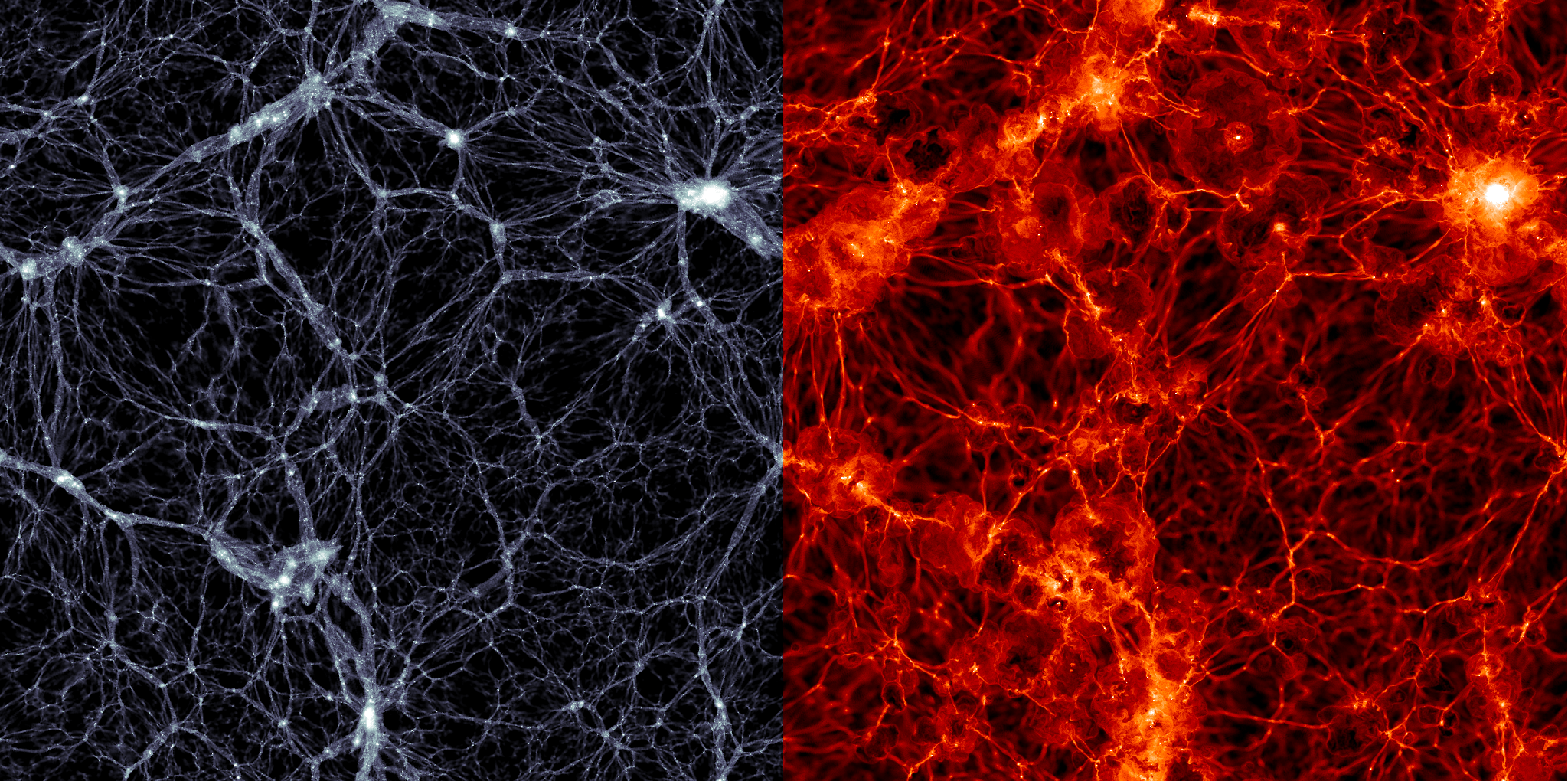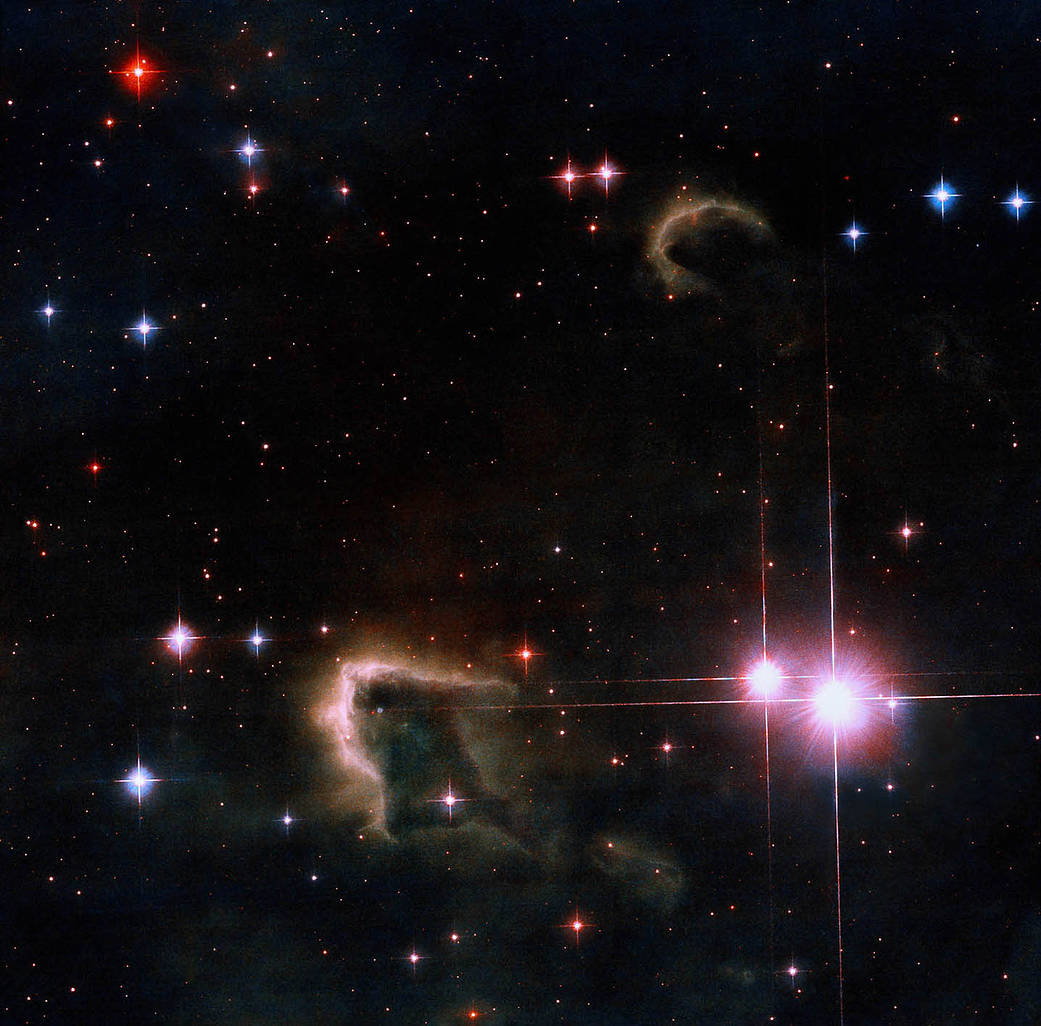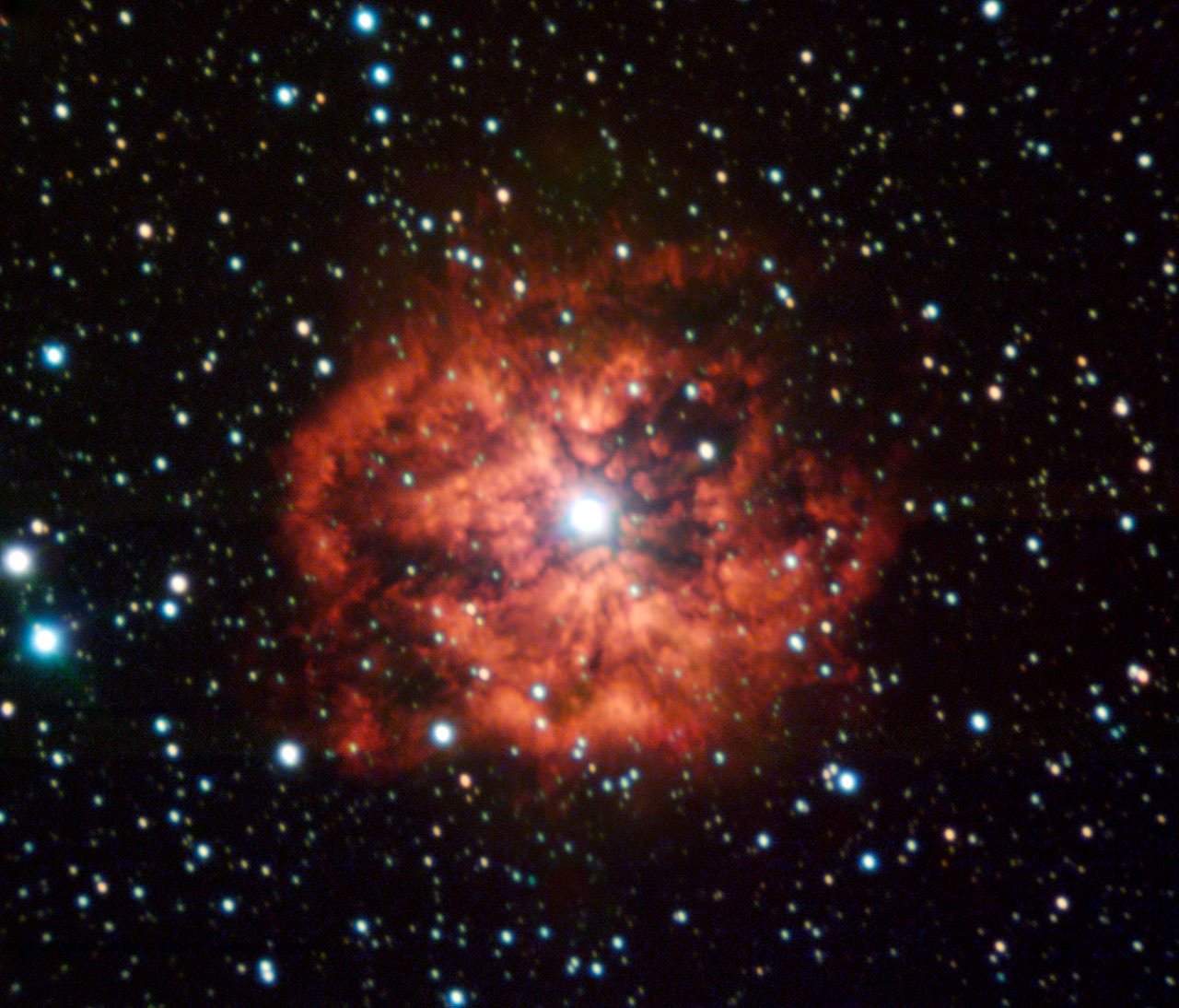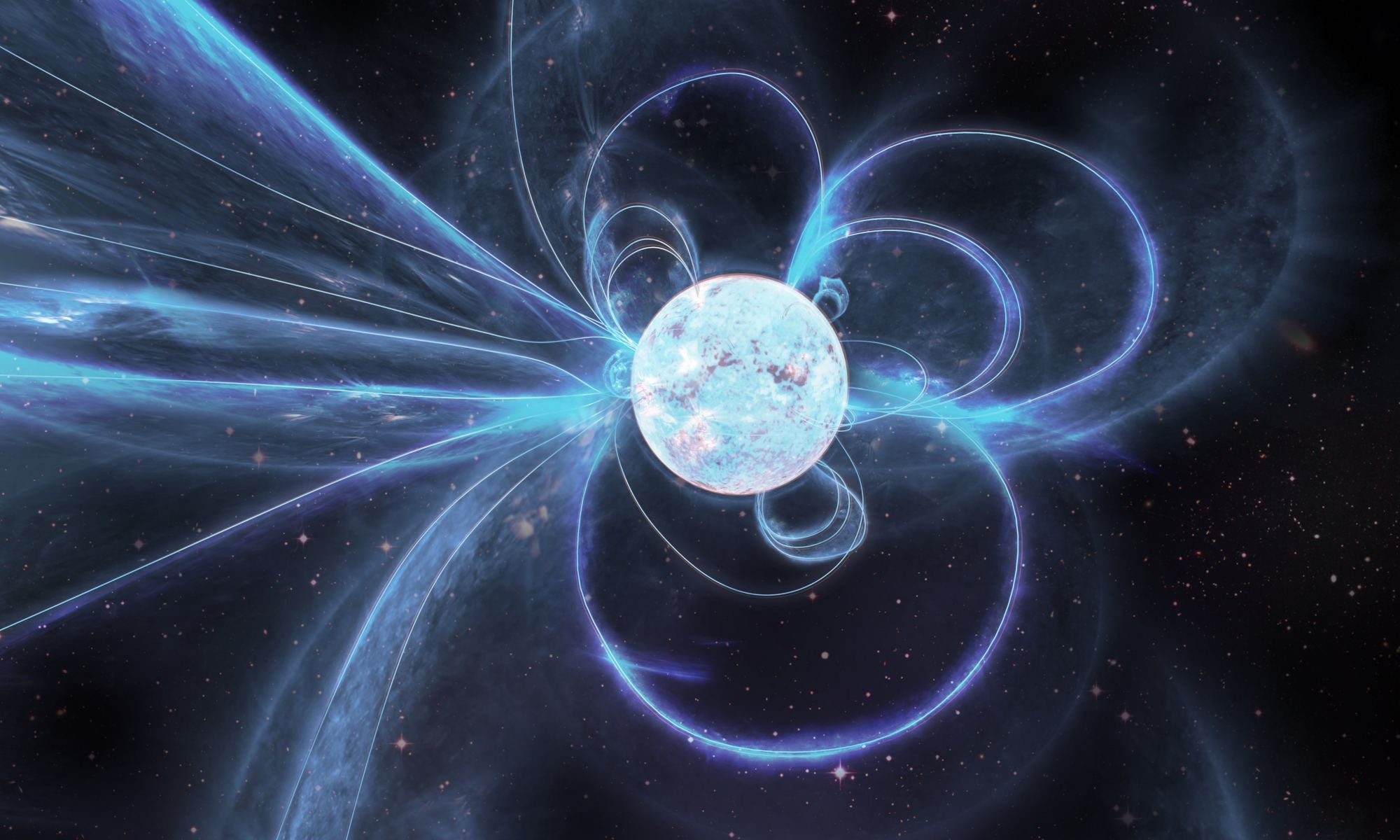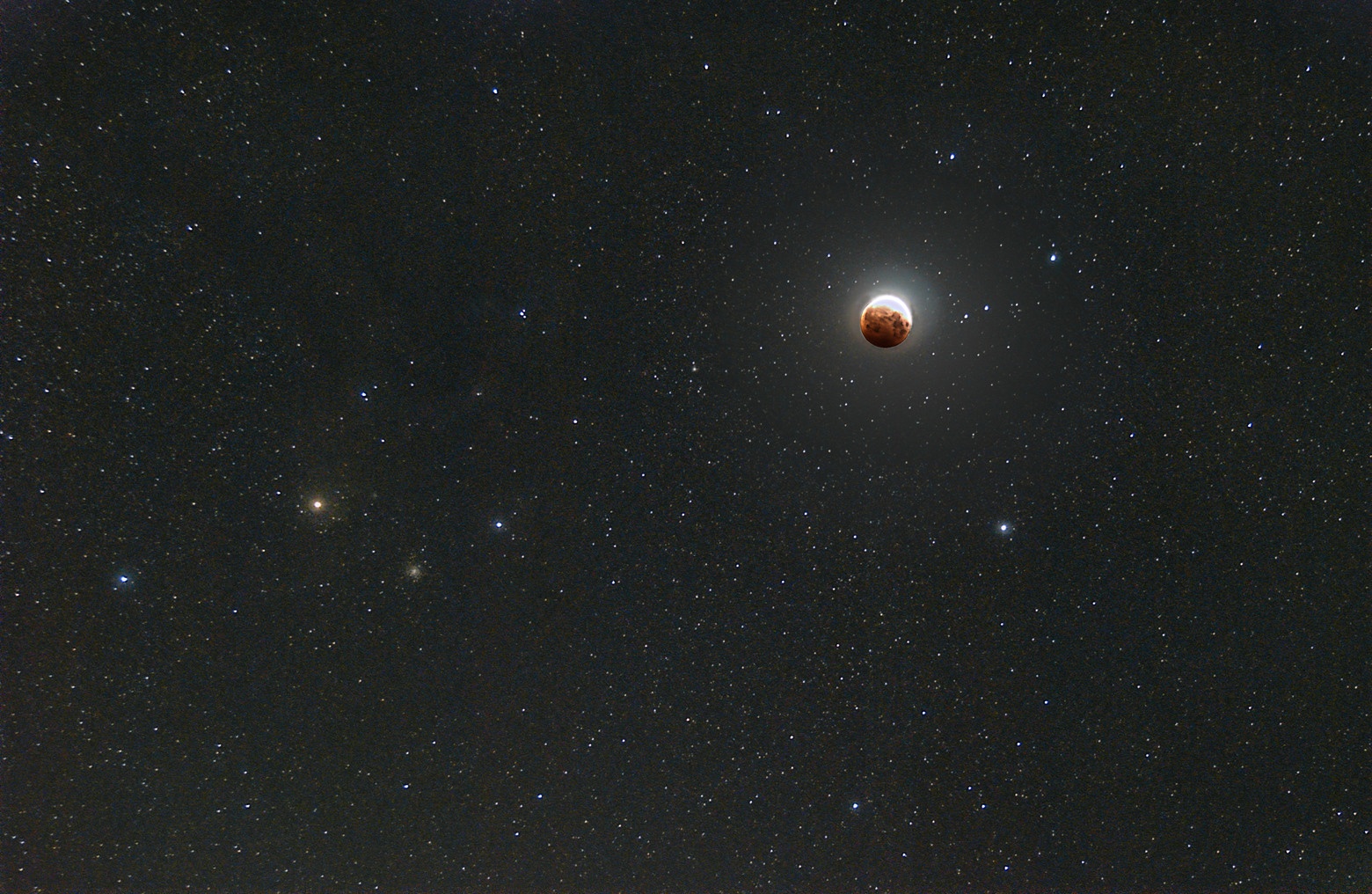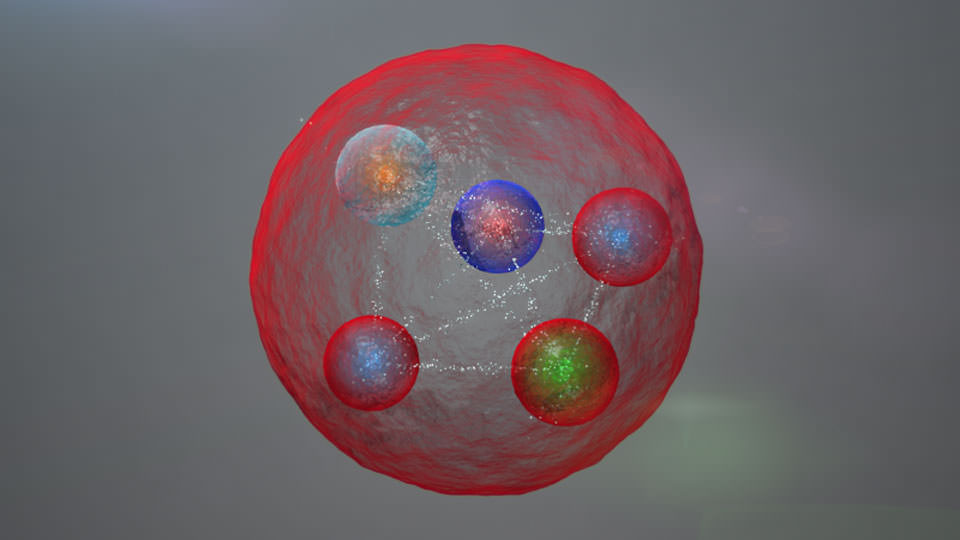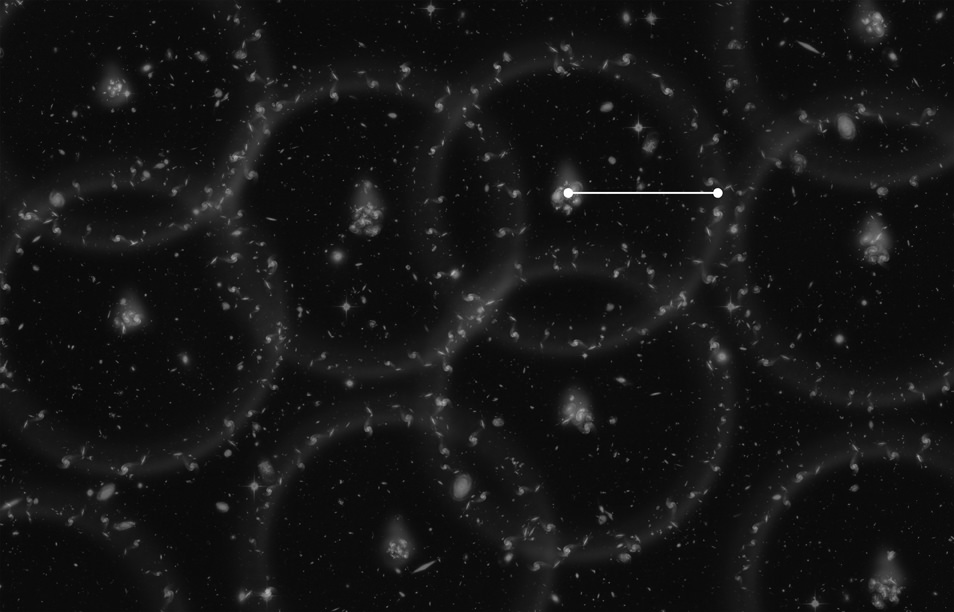Our closest stellar neighbor is Proxima Centauri, an M-type (red dwarf) star located over 4.24 light-years away (part of the Alpha Centauri trinary system). In 2016, the astronomical community was astounded to learn that an Earth-like planet orbited within this star’s circumsolar habitable zone (HZ). In addition to being the closest exoplanet to Earth, Proxima b was also considered the most promising place to look for extraterrestrial life for a time.
Unfortunately, the scientific community has been divided on whether or not life could even be possible on this planet. All of these studies indicate that this question cannot be answered until astronomers characterize Proxima b’s atmosphere, ideally by observing it as it passes in front (aka. transited) of its host star. But in a new NASA-supported study, a team led by astrophysicists at the University of Chicago determined that this is an unlikely possibility.
Continue reading “Maybe There’s No Way to Tell if Habitable Planets Orbit Proxima Centauri… Yet!”

